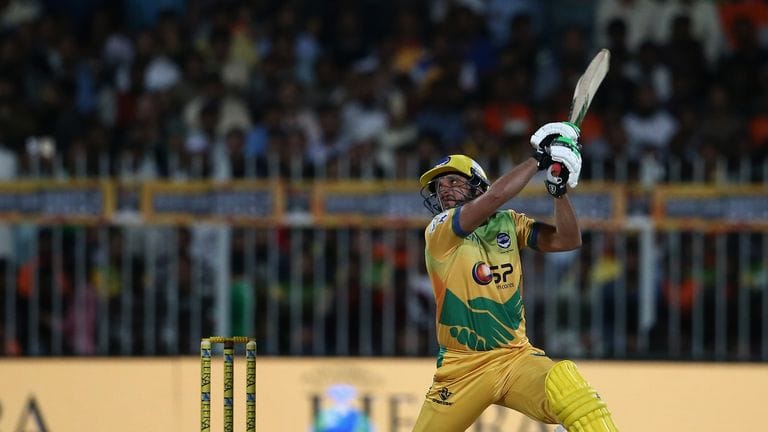T10: Does Cricket Really Need an even Shorter Form than T20!?
The International Cricket Council (ICC) has been lobbied to grant T10 official List A status, which would allow statistics from sanctioned T10 leagues to be included in players' official averages. While this hasn't gained widespread traction yet among full members, discussions are ongoing.

The question of whether cricket needs a T10 format is a contentious one with various arguments for and against it.
What is T10 Cricket?
T10 cricket is the shortest official format of the game, with each team playing a single innings of 10 overs (60 legal balls). A game typically lasts around 90 minutes.
Arguments for T10 Cricket:
- Attracting New Audiences: Its short, fast-paced nature is seen as appealing to new fans, especially in regions where cricket isn't traditionally popular or where attention spans are shorter. Its duration makes it comparable to other popular sports like football (soccer).
- Olympic Hopes: Some argue that T10's brevity makes it an ideal format for inclusion in multi-sport events like the Olympics, as it allows for more games in a day and fits within tighter scheduling.
- Growth and Development: It's seen as a valuable format for developing the game in Associate member nations of the ICC, providing more opportunities for players and potentially making it more attractive to top-tier cricketers due to shorter tournament durations.
- Fast Scoring and Excitement: The format emphasizes aggressive hitting and quick scoring, leading to high-octane matches that can be very entertaining for spectators.
- Flexibility in Scheduling: Its short duration allows for more matches to be played in a day, which can be beneficial for tournament organizers and broadcasters.
Arguments Against T10 Cricket:
- Lack of Balance between Bat and Ball: Critics argue that T10 is predominantly a "slog-fest" where bowlers have very little room to maneuver and are often just "mere participants." This imbalance is seen by some as undermining the traditional competitive essence of cricket.
- Reduced Strategic Depth: The extreme shortness of the format can limit strategic planning and tactical nuances, with many matches simply becoming about hitting boundaries from the outset.
- Devaluation of Traditional Cricket: Some fear that the proliferation of super-short formats like T10 could devalue or overshadow longer, more traditional forms of the game like Test and ODI cricket, which require different skill sets and offer deeper narratives.
- Player Overload/Specialization: While T10 is shorter, it adds another format to an already packed cricketing calendar, potentially leading to player burnout or forcing players to specialize solely in shorter formats.
- Not "Real" Cricket: A common criticism is that T10 doesn't truly represent the essence of cricket due to its extreme brevity and the reduced roles for bowlers and tactical play.
Current Status:
The International Cricket Council (ICC) has been lobbied to grant T10 official List A status, which would allow statistics from sanctioned T10 leagues to be included in players' official averages. While this hasn't gained widespread traction yet among full members, discussions are ongoing. T10 leagues have already "mushroomed" in various parts of the world, with the USA being a key market.
Conclusion:
Whether cricket "needs" T10 is subjective and depends on what aspects of the game one prioritizes.
- If the goal is to globalize the sport, attract new fans, and potentially gain Olympic inclusion, then T10 offers a compelling, bite-sized package that is easy to consume and highly energetic.
- However, if the focus is on preserving the traditional balance, strategic depth, and diverse skill sets that define cricket, then T10 might be seen as a diluted version that could detract from the game's established formats.
Ultimately, the future of T10 will likely depend on its continued popularity, its ability to generate revenue, and the willingness of the ICC and full member nations to embrace it as a legitimate and recognized format.
